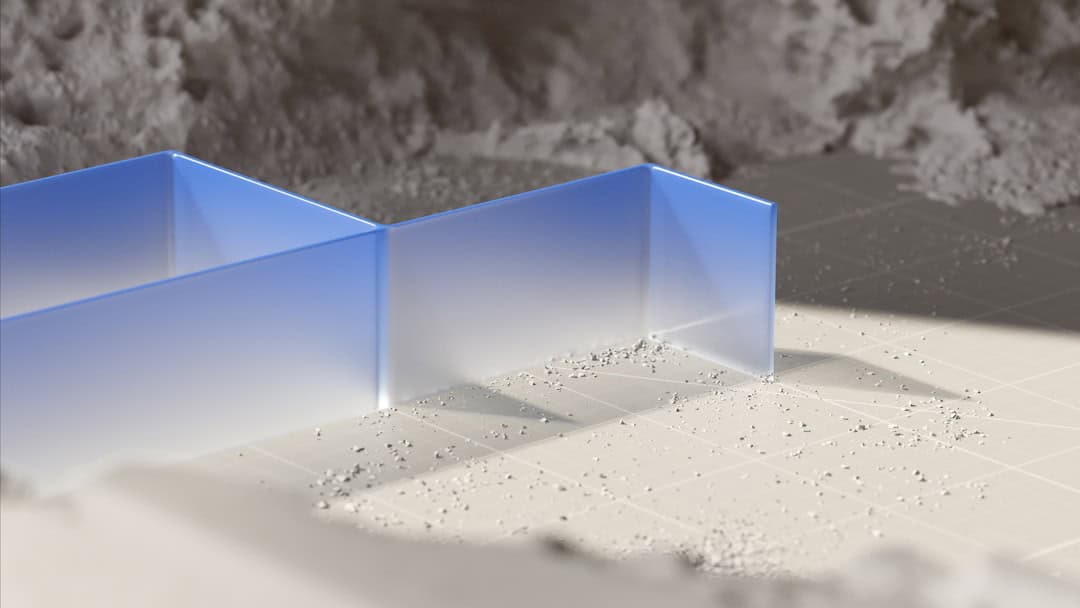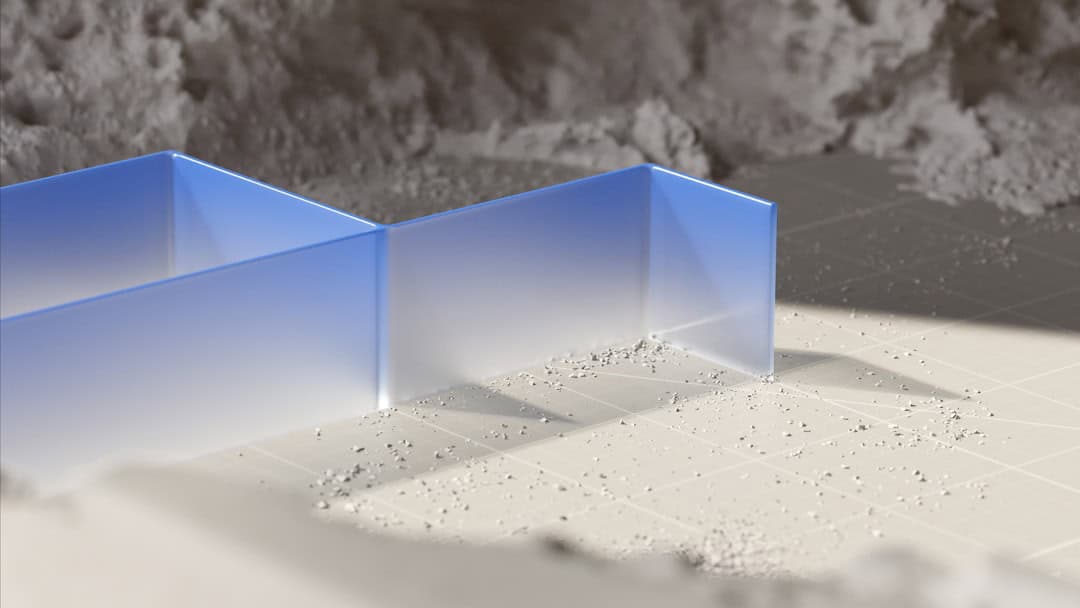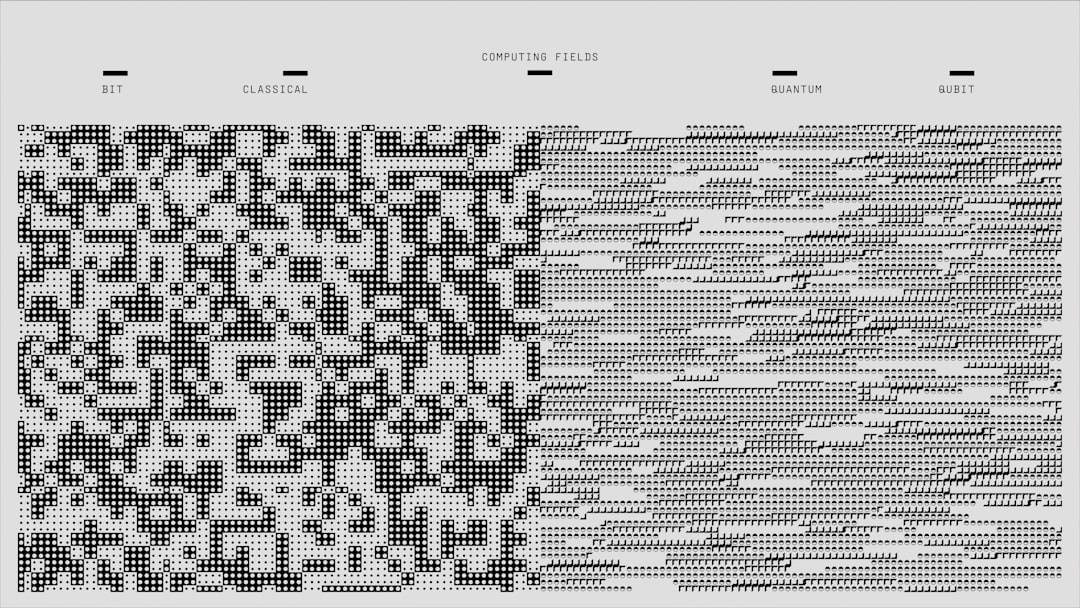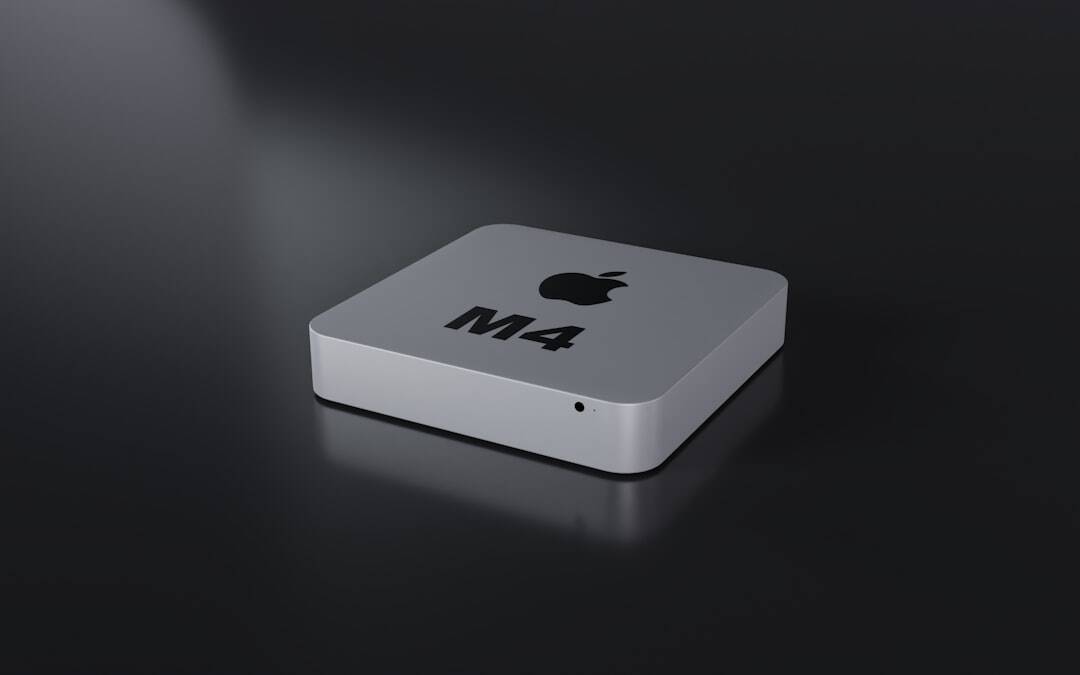Convolutional Neural Networks (CNNs) have significantly advanced deep learning and artificial intelligence (AI) by enhancing the accuracy of image recognition and computer vision tasks. These specialized deep neural networks are designed to process and analyze visual data, making them highly effective for image classification, object detection, and facial recognition. CNNs draw inspiration from the human brain’s visual cortex, enabling them to automatically learn and extract features from images without manual intervention.
This capability allows CNNs to efficiently process large volumes of visual data, leading to their widespread adoption across various industries, including healthcare, automotive, and security. The architecture of CNNs enables them to identify complex patterns and hierarchical features in images, making them particularly well-suited for tasks that require understanding and interpreting visual information.
Key Takeaways
- CNNs are a type of deep learning algorithm commonly used for image recognition and computer vision tasks.
- The architecture of CNNs consists of convolutional layers, pooling layers, and fully connected layers, which help in feature extraction and classification.
- Training and fine-tuning CNNs involve feeding labeled images into the network, adjusting the weights through backpropagation, and using techniques like transfer learning for improved performance.
- CNNs find applications in various fields such as autonomous vehicles, medical image analysis, facial recognition, and object detection in surveillance systems.
- Advancements in CNNs include the development of more efficient architectures, improved training techniques, and the integration of CNNs with other AI technologies. However, challenges such as interpretability and robustness remain.
Understanding the Architecture of CNNs
Input and Convolutional Layers
The first layer in a CNN is the input layer, which receives the raw pixel values of an image. This is followed by a series of convolutional layers, which apply filters to the input data to extract features such as edges, textures, and patterns.
Activation, Pooling, and Flattening
The output of the convolutional layers is then passed through a non-linear activation function, such as ReLU, to introduce non-linearity into the network. Subsequently, pooling layers are used to reduce the spatial dimensions of the input data, effectively decreasing the computational load and preventing overfitting. Finally, the output of the pooling layers is flattened and connected to one or more fully connected layers, which perform high-level reasoning and decision-making based on the extracted features.
Regularization Techniques
CNNs also often include techniques such as dropout and batch normalization to improve generalization and training speed. Dropout randomly deactivates a percentage of neurons during training, preventing the network from becoming overly reliant on specific features. Batch normalization normalizes the input of each layer, reducing internal covariate shift and accelerating the training process.
Optimization for Visual Data
Overall, the architecture of CNNs is highly optimized for processing visual data and has proven to be incredibly effective in image recognition tasks.
Training and Fine-Tuning CNNs for Image Recognition

Training a CNN for image recognition involves feeding it a large dataset of labeled images and adjusting its weights and biases through backpropagation to minimize the difference between its predictions and the true labels. This process requires a significant amount of computational power and data, but it is essential for enabling the network to accurately recognize and classify new images. Fine-tuning a pre-trained CNN involves taking a network that has already been trained on a large dataset, such as ImageNet, and adapting it to a new, smaller dataset.
This is particularly useful when working with limited data or when trying to transfer knowledge from one task to another. In addition to traditional training methods, techniques such as data augmentation can be used to artificially increase the size of the training dataset and improve the generalization capabilities of the network. Data augmentation involves applying random transformations to the input images, such as rotation, scaling, and flipping, creating variations that help the network learn to be invariant to such changes.
Transfer learning is another powerful technique that involves using a pre-trained CNN as a feature extractor and then training a new classifier on top of it. This approach is especially useful when working with limited computational resources or when dealing with domain-specific tasks.
Applications of CNNs in AI and Computer Vision
| Application | Description |
|---|---|
| Image Classification | Using CNNs to classify images into different categories or classes. |
| Object Detection | Identifying and locating objects within an image or video. |
| Facial Recognition | Recognizing and verifying individuals based on their facial features. |
| Medical Image Analysis | Assisting in the analysis and diagnosis of medical images such as X-rays and MRI scans. |
| Autonomous Vehicles | Enabling vehicles to perceive and understand their environment for autonomous driving. |
CNNs have found widespread applications in AI and computer vision across various industries. In healthcare, CNNs are used for medical image analysis, including the detection of tumors in MRI scans and the classification of skin lesions in dermatology. In automotive, CNNs are employed for autonomous driving systems, enabling vehicles to detect and recognize objects such as pedestrians, traffic signs, and other vehicles.
In security, CNNs are utilized for facial recognition and surveillance systems, allowing for the identification and tracking of individuals in real-time. Furthermore, CNNs have also been applied in agriculture for tasks such as crop monitoring and disease detection, in retail for product recognition and inventory management, and in entertainment for content recommendation and personalized user experiences. The versatility and effectiveness of CNNs in processing visual data have made them indispensable in numerous real-world applications, driving innovation and efficiency across various domains.
Advancements and Future Developments in CNNs
The field of CNNs is constantly evolving, with ongoing advancements and future developments shaping the landscape of Deep Learning and AI. One area of advancement is the development of more efficient architectures, such as MobileNets and EfficientNets, which are designed to achieve high accuracy with fewer parameters and computational resources. These architectures are particularly valuable for edge devices and mobile applications where computational constraints are a concern.
Another area of development is the integration of attention mechanisms into CNNs, allowing networks to focus on specific regions of an image that are most relevant to the task at hand. Attention mechanisms have been shown to improve the interpretability and performance of CNNs, leading to more accurate predictions and better understanding of model decisions. Furthermore, advancements in transfer learning and domain adaptation are enabling CNNs to be more easily applied to new tasks and domains with limited labeled data.
This is particularly important for real-world applications where collecting large amounts of labeled data can be time-consuming and expensive.
Challenges and Limitations of CNNs in AI

Despite their effectiveness, CNNs also face several challenges and limitations in AI. One major challenge is their lack of interpretability, as CNNs are often considered “black box” models that make it difficult to understand how they arrive at their predictions. This can be a significant barrier in domains where interpretability is crucial, such as healthcare and finance.
Another challenge is the need for large amounts of labeled data for training, which can be costly and time-consuming to acquire. This is particularly problematic for tasks in niche domains or when dealing with rare events that may not have sufficient labeled examples. Additionally, CNNs are computationally intensive and require significant resources for training and inference, making them less practical for deployment on edge devices with limited computational capabilities.
The Impact of CNNs on Deep Learning and AI
In conclusion, Convolutional Neural Networks (CNNs) have had a profound impact on deep learning and artificial intelligence (AI), particularly in the field of image recognition and computer vision. Their specialized architecture for processing visual data has enabled breakthroughs in various industries, from healthcare and automotive to security and entertainment. With ongoing advancements in architecture design, training techniques, and real-world applications, CNNs continue to drive innovation and shape the future of AI.
However, challenges such as interpretability, data requirements, and computational resources remain important areas for further research and development. Addressing these challenges will be crucial for unlocking the full potential of CNNs in AI and ensuring their widespread applicability across diverse domains. As CNNs continue to evolve, their impact on deep learning and AI will undoubtedly continue to grow, paving the way for new possibilities and advancements in visual intelligence.
If you’re interested in the potential economic and social impacts of the metaverse, you may want to check out this article on the topic. It explores how the metaverse could affect various industries and the way we interact with each other in the virtual world. Additionally, it discusses the potential implications for businesses and society as a whole.
FAQs
What is a Convolutional Neural Network (CNN) in deep learning?
A Convolutional Neural Network (CNN) is a type of deep learning algorithm that is primarily used for image recognition and classification. It is designed to automatically and adaptively learn spatial hierarchies of features from input data.
How does a Convolutional Neural Network work?
A CNN works by using a technique called convolution, which involves passing a filter (also known as a kernel) over the input data to extract features. These features are then passed through layers of the network, including pooling layers and fully connected layers, to ultimately produce a classification or prediction.
What are the advantages of using Convolutional Neural Networks?
Some advantages of using CNNs include their ability to automatically learn features from raw data, their effectiveness in handling large input data such as images, and their capability to generalize well to new, unseen data.
What are some common applications of Convolutional Neural Networks?
CNNs are commonly used in image recognition, object detection, facial recognition, medical image analysis, and autonomous vehicles. They are also used in various other fields where pattern recognition and classification are important.
What are some popular CNN architectures?
Some popular CNN architectures include LeNet, AlexNet, VGG, GoogLeNet, and ResNet. These architectures have been widely used and have achieved state-of-the-art performance in various image recognition tasks.











Leave a Reply